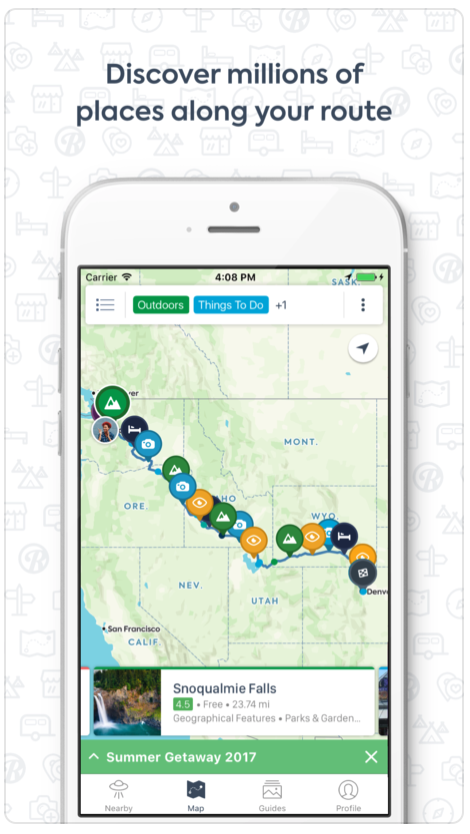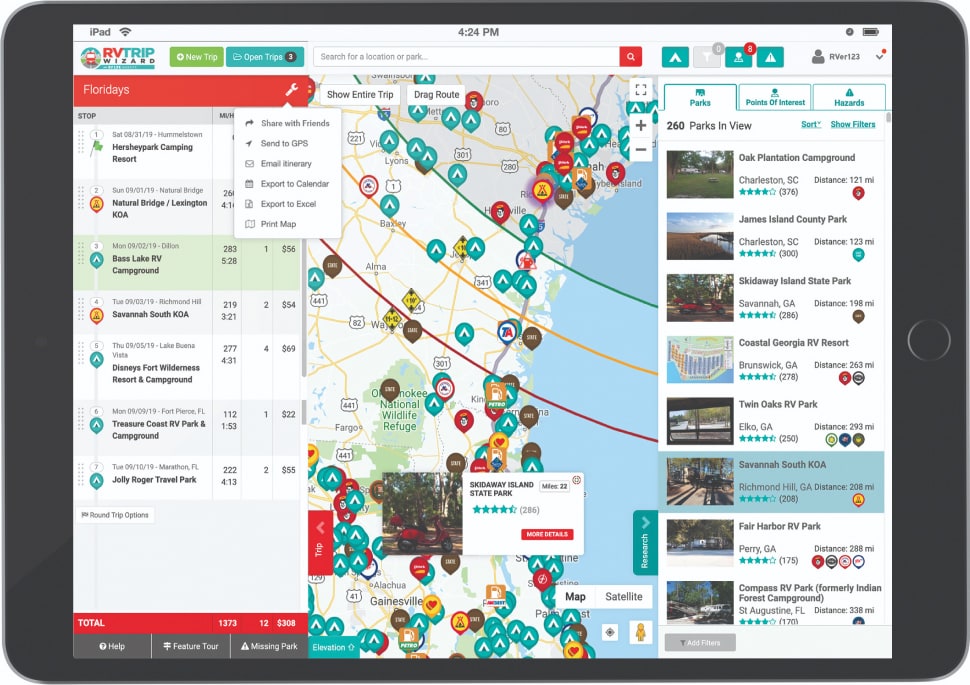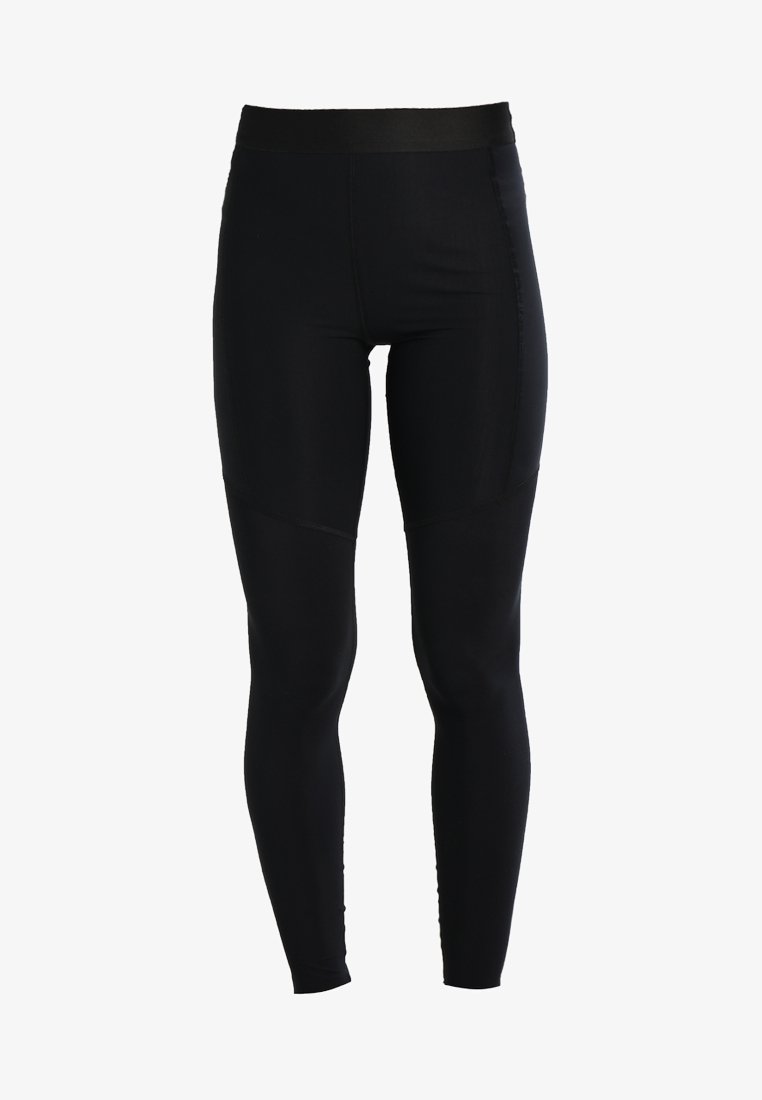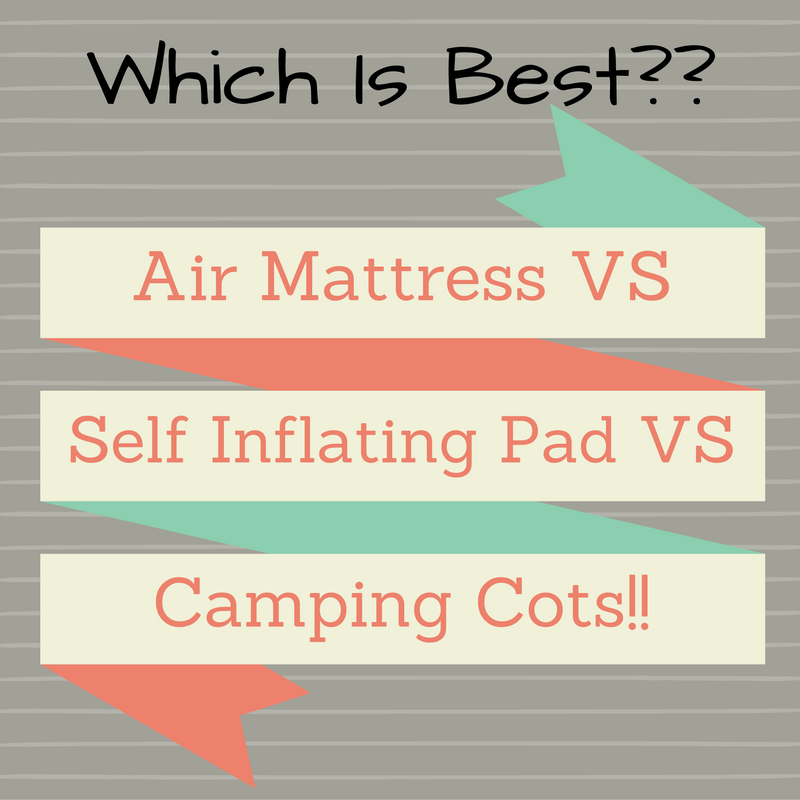Knee symptoms Possible cause. Medial plica irritation 7.
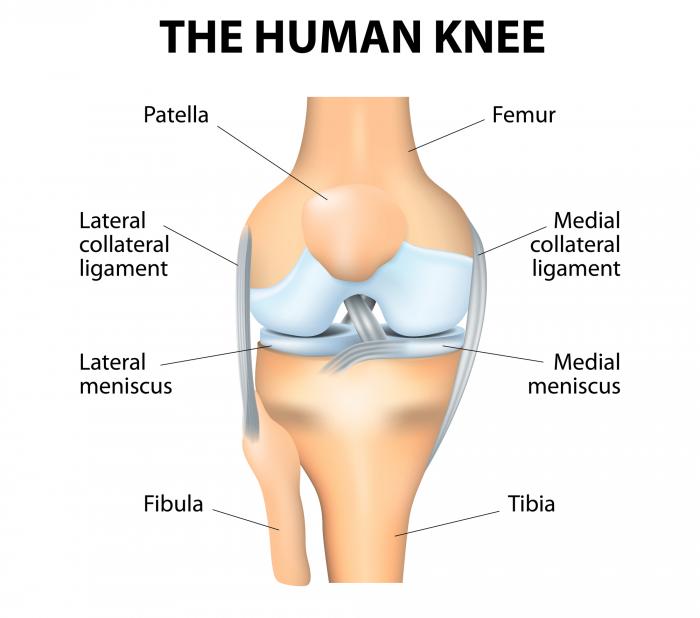 Chondromalacia Causes Treatment And Prevention
Chondromalacia Causes Treatment And Prevention
Pain and stiffness in both knees mild swelling more common in older people.
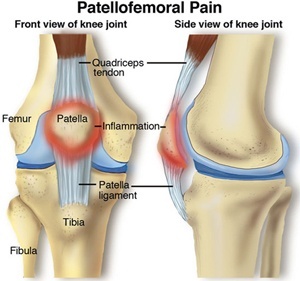
Why does under my knee hurt. Your knee is one of the hardest working joints in your body so its no wonder most of us will experience knee pain at. Many of our patients come to us after experiencing persistent knee pain desperate to find the underlying cause of the discomfort. Patellofemoral pain syndrome PFPS is also known as jumpers knee or runners knee.
We take that for granted. Repetitive bending and straightening knee Knee pain when kneeling is usually felt at the front of the kneecap and commonly caused by repetitive knee movement. Many people dont realize that the nerves that exit the lumbar spine branch into the legs reaching the.
The added stress can cause misalignment and pain. The entire knee joint is susceptible to accidents and overuse so knowing the exact cause of pain is helpful in controlling it. If you are experiencing pain in your knee specifically under your kneecap one common cause of this may be Patellofemoral Pain Syndrome.
This condition can happen in one or both of the knees. Both children and adults can experience PFPS. The iliotibial band ITB runs from your hip to your knee crossing the knee joint.
Similarly activities that require a lot of knee movements such as bending and straightening might. Knee cartilage fails for many reasons. This prevents damage to the bone and provides cushion during movement.
Knee injuries are caused by trauma or damage to the underlying structure of the knee which could include ligaments tendons cartilage or bursa a fluid-filled sac that protects the joint from friction. Specific pain below the knee may be caused by factors such as anatomical weakness daily activity and stress and individual levels of fitness. Repeated pressure or friction on a bursa can cause it to swell and become inflamed known as bursitis.
Rheumatoid arthritis RA 3. Warm and red kneeling or bending makes pain and swelling worse. After all the human knee is subject to loads of pressure just from walking.
Bursitis is probably the most common cause of knee pain when kneeling. Sometimes knee pain including either the inner side medial of the joint or the outer side lateral of the joint is actually due to an irritated nerve in the spine. Medial meniscus injury 5.
A meniscus tear or injury is a very common injury that happens at the knee. This is a condition that is known to cause pain around or under the kneecap. Bleeding in the joint.
It seems odd that a knee would hurt mostly or even only when a person lies down. 7 Common Causes of Inner Knee Pain 1. Your knee joint has two meniscus medial and lateral.
Rx for overcoming osteoarthritis American Osteopathic Association. Fractured bones or lacerated muscles can cause an imbalance of strength in the leg and pull the kneecap to one side of the groove or another. Together these tissues surround the bone and allow the knee to move with ease.
Swelling warmth bruising more likely while taking anticoagulants. Because the knee is such a complex series of mechanisms a lot can happen to it. It could be your hips fault Harvard Health Publications.
Wondering whats wrong with your knee. The knee is a complicated structure with tons of muscles and ligaments that can become injured and cause pain. Medial collateral ligament MCL injury 4.
There are several conditions that can cause your knee to hurt only when lying down and especially overnight after youve been in bed for several hours. Accidents injury genetic deformities overuse and age are five common reasons for chondromalacia. The meniscus is cartilage that stabilizes and protects the joint.
Knee bursitis which may cause swelling warmth and pain over or below the knee osteoarthritis which causes diffuse knee pain swelling and stiffness in the morning injury or trauma to the knee. Is This an Emergency. Bursa are small fluid filled sacs that help to reduce friction between bones and soft-tissues.
Pes anserine bursitis 6. Causes of knee pain without injury. A fluid-filled sac called the bursa sits between the ITB and.

